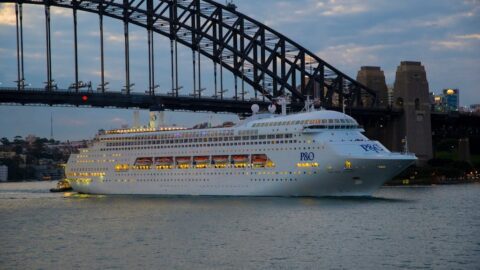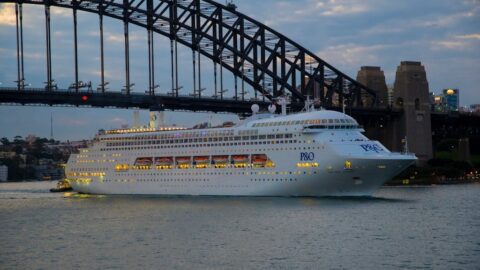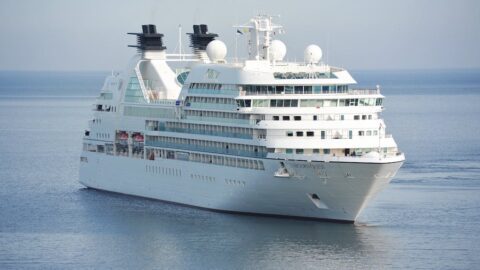Cruise ships offer a wide variety of foods from all over the world. With all-you-can-eat buffets and fancy restaurants, it’s easy to get tempted. But not every dish is a good idea while you’re out at sea. Some foods can lead to upset stomachs, food poisoning, or just make your trip less enjoyable. Here are some foods you should avoid eating on a cruise ship to stay safe and healthy.
Raw Seafood
Sushi and raw oysters might look fresh, but they’re not always the safest choice on a cruise. Raw seafood can carry bacteria or viruses, especially if it’s not stored properly. Since you’re far from medical help, it’s better to stick to fully cooked seafood.
Buffet Items Left Sitting Out
Buffets are popular on cruise ships, but food that’s been sitting out for a long time can become unsafe. Warm dishes that aren’t kept at the right temperature can grow bacteria. Try to eat freshly brought-out items and avoid food that looks dry or has been there too long.
Undercooked Meats
Steak, burgers, and chicken should always be fully cooked to avoid the risk of foodborne illness. Cruise kitchens are often very busy, and sometimes things slip through. When in doubt, ask for your meat well-done to be on the safe side.
Unwashed Fruits and Vegetables
Raw fruits and vegetables are usually safe, but if they’re not washed properly, they can carry germs. It’s safer to eat fruits you can peel, like bananas or oranges, or go for cooked vegetables.
Ice from Unfiltered Water
Most cruise ships have safe water, but in some areas or ports, the ice may be made from local water that’s not filtered. If you’re unsure, skip the ice in your drinks, especially when off the ship.
Creamy Sauces and Dressings
Creamy foods like mayonnaise-based salads or thick dressings can spoil easily if not kept cold. These are risky on buffets and in warm weather. Choose lighter, vinegar-based options instead.
Mystery Foods at Port Stops
Trying local food at port is fun, but be cautious. Street food may not follow the same hygiene rules. If it looks questionable or isn’t hot and fresh, it’s better to skip it.
Soft Cheeses
Soft cheeses like brie, camembert, feta, blue cheese, and queso fresco can quickly become a breeding ground for bacteria such as when not stored at the proper temperature. Buffets that leave these cheeses out at room temperature for extended periods increase the risk of foodborne illness, particularly for pregnant women, older adults, and individuals with weakened immune systems. Always ensure soft cheeses are kept chilled and served in smaller portions to minimize time spent at unsafe temperatures.
Communal Snack Bowls
Whether it’s a bowl of chips, nuts, or candies, communal snack bowls often see many unwashed hands dipping in throughout the event. This can easily spread germs, viruses, and bacteria. People may sneeze or cough nearby, or children may handle food and put it back, creating a hygiene concern. To reduce risk, serve snacks in individual portions or provide utensils or tongs with clear signage encouraging guests not to use their hands.
Day-Old Seafood Dishes
Seafood is highly perishable and should be consumed fresh. When seafood dishes like shrimp pasta, seafood risotto, or fish curry are reused from the previous day, there’s a higher chance of improper storage or unsafe reheating practices, which can lead to bacterial contamination. The complex flavors and sauces may mask spoilage, making it hard to tell if the food has gone bad. It’s best to avoid leftover seafood dishes at buffets unless you’re sure they’ve been handled with care.




